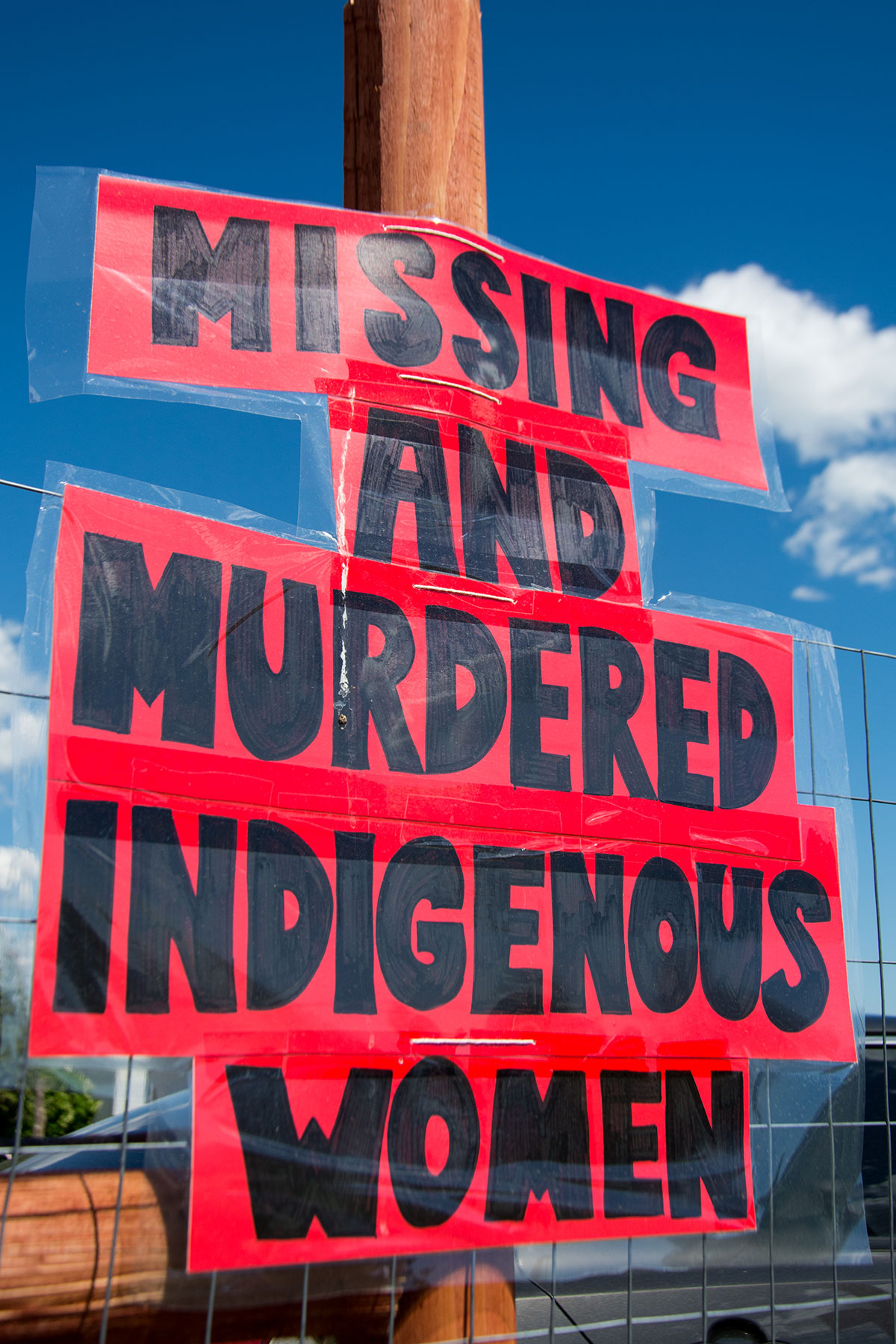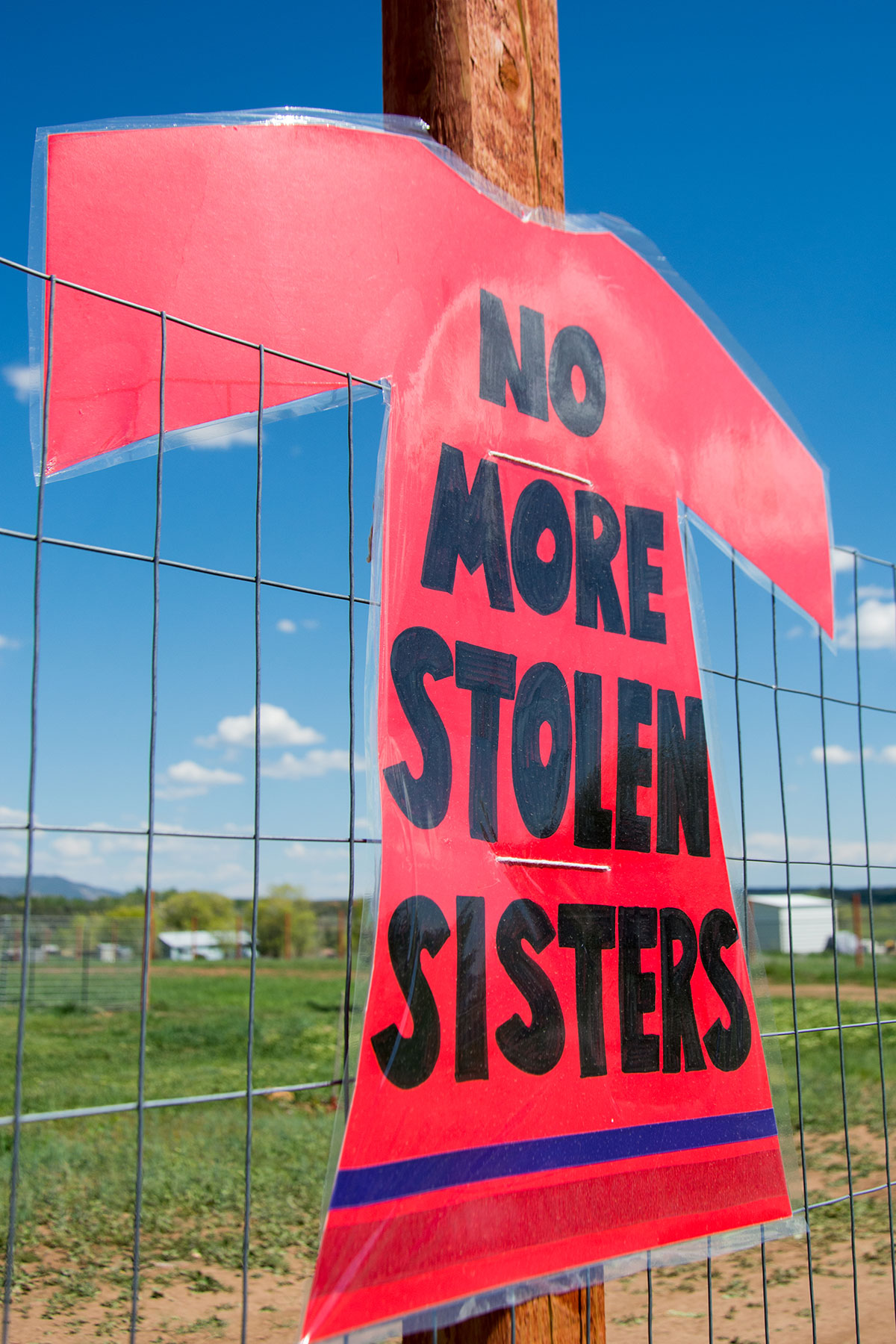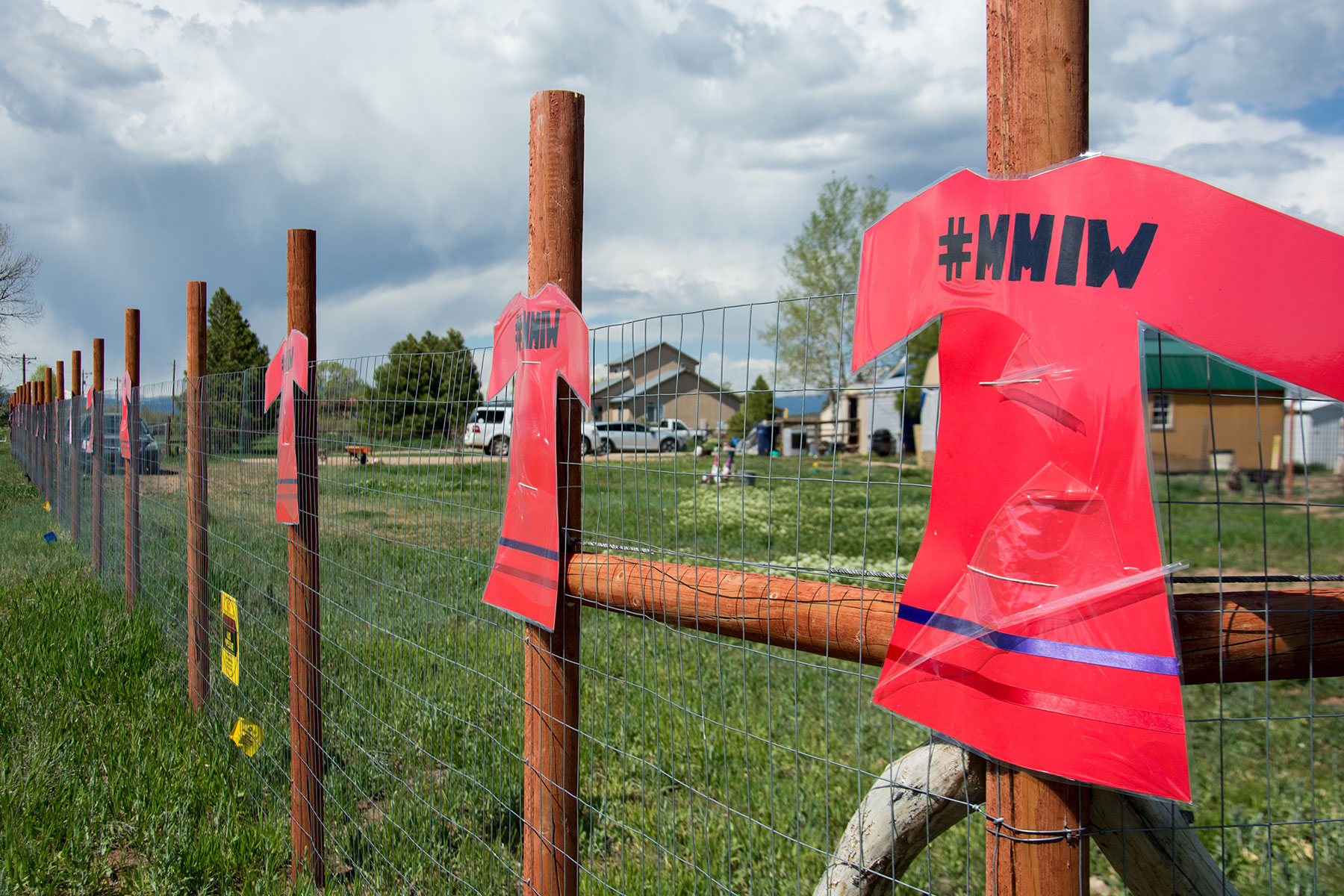Every day, Native Women across the country are stolen, assaulted and murdered. This national issue has been ongoing for decades, but in recent years indigenous organizations have been working to lead the movement of Native women’s safety forward.
In 2005, the Violence Against Women Act included a title “Safety for Indian Women”. This title provided public information for all those interested. It documented that the homicide rates of Native women were the third leading cause of death for Indian females between the ages of 15 to 34 in the years 1979 through 1992.
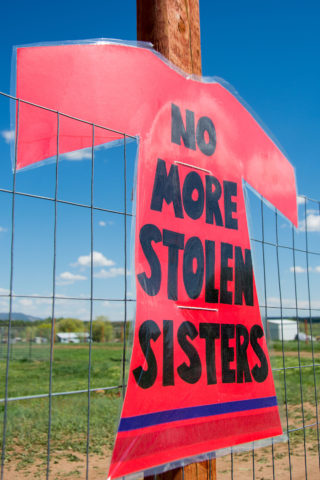
Since that time, a congressional resolution was created to designate the month of May for the Awareness of “Missing and Murdered Women and Girls (MMIWG)”. The resolution was originally drafted in memory of Hanna Harris, a young Northern Cheyenne woman who was murdered in July of 2013. The resolution was introduced to congress in April of 2016 and had gained the support of nearly 200 tribal, national and state organizations.
On some reservations, Indigenous women are murdered at a rate of more than ten times the national average according to an article published on the Indian Law Resource Center website. Violence against Indian women has reached unparalleled levels on tribal lands and in Alaska Native villages. Today, more than four in five Indian women have experienced some form of violence, and one in two have been subjected to sexual violence. Native women continue to suffer the highest rate of forcible sexual assault and have reported domestic violence cases that are up to ten times higher than the average in the United States.
Any and all available data on the number of Missing and Murdered American Indian and Alaska Native women is limited. The lack of federal response to this epidemic has raised alarm with indigenous peoples, tribal governments, and their communities.
As many know, the statistics define just how large scale this problem is, but when nothing is done by the expected governments, that conveys an even bigger issue. The impacts that survivors, families and children feel when little to nothing is done to place accountability is devastating to communities.
The Urban Indian Health Institute released a report of data that was compiled from 71 urban cities in the United States. The report read “Due to Urban Indian Health Institute’s limited resources and the poor [data] collection by numerous cities — the cases identified in this report are likely an undercount of Missing and Murdered Indigenous Women and Girls in urban areas.” The report identifies the lack of accurate information as a “Nationwide Data Crisis”. The report also states that in 2016 there were 5, 712 reports of missing American Indian women and girls throughout the U.S. Department of Justice’s federal missing persons database. They also indicated that no research had been done on the rates of violence among Indian women who live in urban areas despite the fact that 71 percent of Native Americans live in urban areas until this report was complete. They found that with the inaccurate understanding of MMIWG, it has created a false perception that the issues do not affect off-reservation communities. The Urban Indian Health Institute found that there were 506 unique cases of missing and murdered indigenous women across 71 selected cities; 128 were missing persons cases, 280 were murder cases and 98 had an unknown status.
Currently, the Center’s Safe Women, “Strong Nations” project has partnered with Native Women’s organizations to end the violence against Indian women and girls. The project is dedicated to raising awareness in an effort to gain strong federal backing that will result in true actions to end violence against Native women. They are working on ways to restore tribal authority and to preserve civil authority. This will ultimately help Indian nations to increase their preventive measures of violence and to prosecute offenders on their own lands.
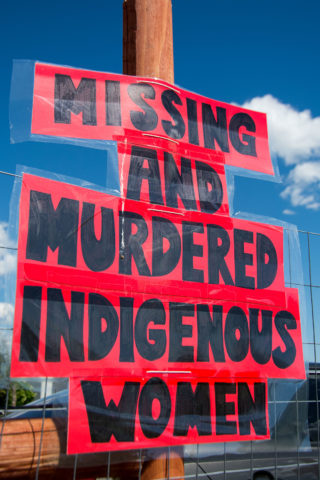
U.S. representatives, Lisa Murkowski and Cortez Masto reintroduced the “Savanna’s Act” to the House as a means to combat the epidemic of MMIWG by improving the federal government’s response to addressing the crisis. If enacted, the bill would require the Department of Justice to provide annual reports on the numbers of Indian women and girls who go missing and who are murdered, for the first time ever. It would also require government improvement to a national database that ensures these cases are never forgotten.
*If reading this triggers past traumas, see the resource list at the end of the article for assistance
National Suicide Prevention Lifeline 1-800-273-8255
National Domestic Violence Hotline 1-800-799-7233
Rape, Sexual Assault & Incest Network 1-800-656-4673

